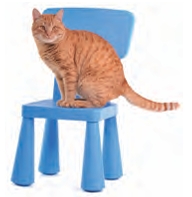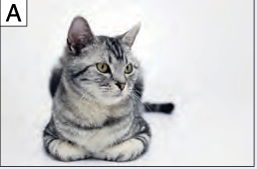排序
HSK 1 Unit 11 What’s the time now? B
The e-book, including text, picture, audio and video explanation for HSK 1 Unit 11 What's the time now? B 现在几点了?
HSK 1 Unit 11 What’s the time now? A
The e-book, including text, picture, audio and video explanation for HSK 1 Unit 11 What's the time now? A 现在几点了?
HSK 1 Unit 9 Where does your son work? B
The e-book, including text, picture, audio and video explanation for HSK 1 Unit 9 Where does your son work? 你儿子在哪工作? A
HSK 1 Unit 9 Where does your son work? A
The e-book, including text, picture, audio and video explanation for HSK 1 Unit 9 Where does your son work? 你儿子在哪工作? A
HSK 1 Unit 8 drink tea B
The e-book, including text, picture, audio and video explanation for HSK 1 Unit 8 drink tea 我想喝茶 B
HSK 1 Unit 8 drink tea A
The e-book, including text, picture, audio and video explanation for HSK 1 Unit 8 drink tea 我想喝茶 A
HSK 1 Unit 7 What’s the date today? A
The e-book, including text, picture, audio, video explanation for HSK 1 Unit 7 What's the date today? 今天几号 A
HSK 1 Unit 7 What’s the date today? B
The e-book, including text, picture, audio, video explanation for HSK 1 Unit 7 What's the date today? 今天几号 A
HSK 1 Unit 6 I can speak Chinese B
The e-book, including text, picture, audio and video explanation for HSK 1 Unit 6 I can speak Chinese 我会说汉语 B














